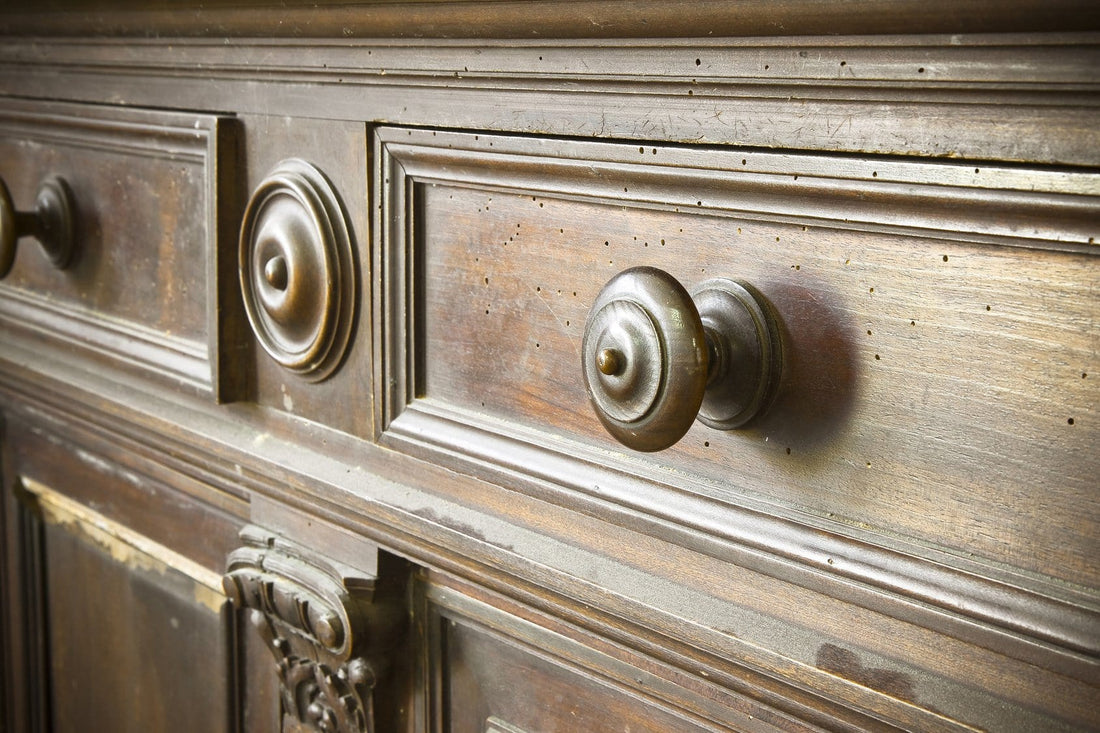What Are You Building?
Before you decide what type of wood you should use, it's important to figure out what you're using it for. Obviously, it all depends on your project. If you're building a dog house or shelving for your garage, then your wood needs to able to withstand extreme temperatures. You may also have to treat it to prevent moisture from seeping in.
On the other hand, if you're building furniture for your home, you don't have to worry about protecting the wood from the elements. Nevertheless, there is a wide range of uses for wood. Even if you're building a shelf, you might not always buy the same wood depending on what the shelf is holding. For example, do you need it to be sturdy so it can hold your encyclopedia sets, or is it just a small shelf designed for knickknacks?
Closed vs. Open Grain
Open grain woods have large pores in them. Oak is an example of open grain wood. It's unique because you can see the grain from far away. On the other hand, closed grain wood is more popular with people who prefer a smoother finish and texture. Examples of closed grain wood include cherry and maple. If you're not sure, you should take some time to explore the different types of wood to find the one that suits you best.
Soft vs. Hard Wood
Technically, softwood is not really soft at all. If a shelf fell on your head, it would hurt even if it was made with softwood. But softwood is generally cheaper than hardwood because it comes from coniferous trees. These are trees that can be easily found on tree farms because they grow relatively fast. Examples of softwood include cedar, pine, fir, and California redwood.
Professionals prefer hardwood over softwood. Hardwood is more enjoyable to work with because it comes in unique colors, textures, and grain patterns. The downside is that hardwoods are more expensive, especially if you're looking for exotic woods. Some examples of hardwoods include birch, oak, mahogany, ash, teak, maple, and poplar.
Ask Your Supplier Questions
 You can usually find a local supplier who can provide you with various types of wood. But if you're looking for exotic wood, you might have to shop around a little bit in your area. While you're checking out local suppliers, it's a good idea to spend some time with them and ask any questions you might have.
You can usually find a local supplier who can provide you with various types of wood. But if you're looking for exotic wood, you might have to shop around a little bit in your area. While you're checking out local suppliers, it's a good idea to spend some time with them and ask any questions you might have.A knowledgeable supplier of wood will be able to help you select the best wood for your project. Whether you're working on flooring, furniture, or musical instruments, your supplier can help you make the right selection. They may even be able to give you more information about the wood you're buying, such as its age and how suitable it will be for your needs.

